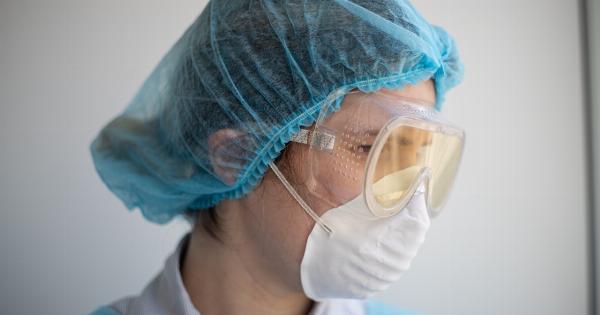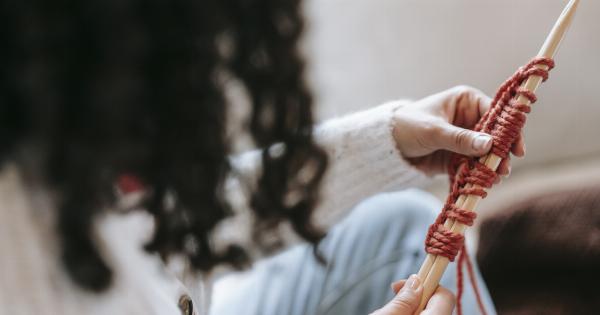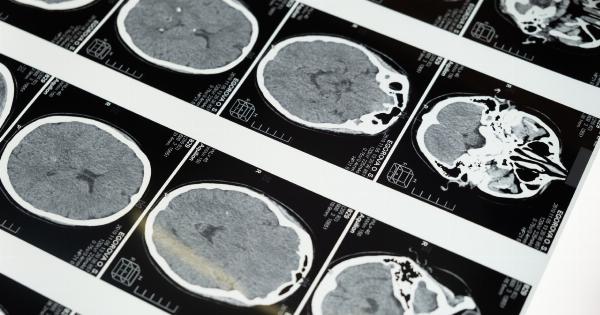Breast cancer is a significant health concern, as it is the second leading cause of cancer-related death in women. Early detection through breast biopsy can help save lives.
Breast biopsy is a procedure in which a small sample of breast tissue is removed and examined under a microscope to detect the presence of cancerous cells. In recent years, stereotaxis has revolutionized breast biopsy techniques, making them more accurate, precise, and less invasive.
What is Stereotaxis?
Stereotaxis is a minimally invasive surgical technique that uses three-dimensional imaging to guide the surgeon’s instruments.
This technique enables the surgeon to access and manipulate internal organs and tissues with unparalleled precision and accuracy. Stereotaxis systems consist of imaging equipment, probes, and software that enable the surgeon to visualize the tissue and navigate the instruments through the body with ease.
How Does Stereotaxis Work?
Stereotaxis uses a combination of advanced imaging techniques, such as magnetic resonance imaging (MRI), computed tomography (CT), or ultrasound, to create detailed images of the tissue.
These images are loaded into the Stereotaxis system’s software, which uses algorithms to calculate the exact position and orientation of the instruments in real-time. The surgeon uses a joystick-like device to remotely control the instruments and navigate them through the tissue.
Types of Stereotactic Breast Biopsy Techniques
There are two types of stereotactic breast biopsy techniques:.
Vacuum-assisted biopsy
Vacuum-assisted biopsy (VAB) is a minimally invasive technique that removes small tissue samples from the breast using a hollow probe that applies suction.
VAB can remove multiple tissue samples with a single insertion, and the procedure can be completed in less than an hour. VAB is performed under local anesthesia, and it is associated with minimal pain and discomfort. VAB can be performed on an outpatient basis, and patients can resume their normal activities shortly after the procedure.
Core needle biopsy
Core needle biopsy (CNB) is a minimally invasive technique that removes small tissue samples from the breast using a hollow needle. CNB is performed under local anesthesia, and it can be completed in less than an hour.
CNB can be performed on an outpatient basis, and patients can resume their normal activities shortly after the procedure. CNB is associated with minimal pain and discomfort, and it can be repeated if necessary.
Advantages of Stereotactic Breast Biopsy
Stereotactic breast biopsy has several advantages over traditional biopsy techniques:.
- Stereotactic biopsy is minimally invasive and requires only a small incision.
- Stereotactic biopsy is more accurate and precise than traditional biopsy techniques.
- Stereotactic biopsy can remove larger tissue samples, which improves the accuracy of the biopsy.
- Stereotactic biopsy is associated with minimal pain and discomfort, and it can be performed on an outpatient basis.
- Stereotactic biopsy enables the surgeon to visualize the tissue in real-time, which improves the accuracy of the biopsy.
Disadvantages of Stereotactic Breast Biopsy
There are some potential disadvantages to stereotactic breast biopsy, including:.
- Stereotactic biopsy is more expensive than traditional biopsy techniques.
- Some patients may experience discomfort during the procedure.
- The procedure can take longer than traditional biopsy techniques.
Conclusion
Stereotactic breast biopsy has revolutionized breast biopsy techniques, making them more accurate, precise, and less invasive.
Stereotaxis systems have enabled surgeons to visualize the tissue in real-time and navigate the instruments through the body with unparalleled precision and accuracy. Stereotactic biopsy is associated with minimal pain and discomfort, and it can be performed on an outpatient basis. Despite some potential disadvantages, the benefits of stereotactic biopsy in the early detection of breast cancer cannot be denied.



























